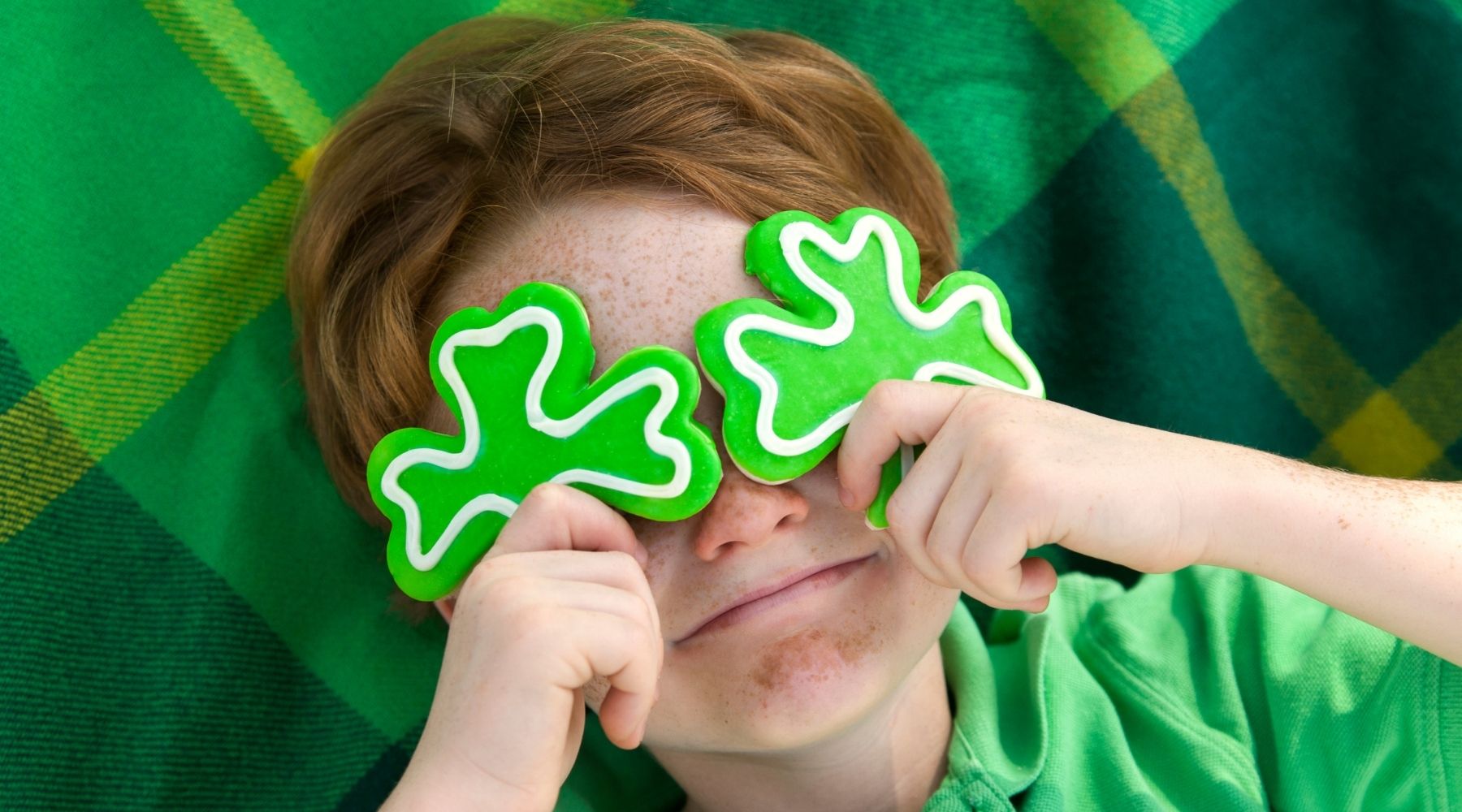Thanks to a mutual connection to Ireland, St. Patrick’s Day is a de facto celebration of redheads, who comprise less than 1% of the global population but 10% of Ireland’s.
Why is red hair more prevalent among people of Irish descent? It comes down to genes and climate, scientists at the Oklahoma Medical Research Foundation say.
“People with red hair have a variant, or allele, of the gene known as MC1R,” said OMRF physician-scientist Patrick Gaffney, M.D. “That gene controls the production of melanin, the pigment that provides color to skin, hair and eyes.”
The same allele responsible for red hair also results in fair skin, freckles and increased sensitivity to the sun.
Additionally, researchers have found that people with this variant process pain differently. A 2004 study at the University of Louisville showed that redheads, on average, need about 20% more general anesthesia than people with blond or dark hair. However, a 2021 study at Massachusetts General Hospital found that their overall pain tolerance may be higher than in other people.
The MC1R gene is of particular interest to Gaffney, who chairs OMRF’s Genes and Human Disease Research Program and happens to be Irish.
Historians and geneticists debate the geographic origin of red hair. This much they agree on: Climate and natural selection caused the allele to adapt as people with red hair settled in modern-day Ireland and Scotland.
“The weaker sunlight in Europe produced more vitamin D in lighter-skinned people, so over time, the red hair variant of MC1R gave those with pale skin and red hair a selective advantage,” said Gaffney, who holds OMRF’s J.G. Puterbaugh Chair in Medical Research. “This helped generate more vitamin D in their bodies, resulting in stronger teeth and bones.”
An estimated 40% of the global population carry the variant for red hair, but only 1% to 2% have crimson locks, Gaffney said, because the gene is recessive. When a variant is recessive, both parents must carry it for the characteristic to be present in their child.
If both parents have red hair, their children have a 100% chance of having red hair. If both parents carry the allele, but one or neither has red hair, the odds of producing a redhead drop considerably, Gaffney said.
While red hair tends to be associated with Ireland, redheads comprise a larger share of the population in Scotland (13%) than Ireland (10%).
“We have a saying that on St. Patrick’s Day, everybody’s Irish,” Gaffney said. “So, if you have red hair but your ancestry points elsewhere, you can still attribute that to the luck of the Irish – one day a year, anyway.”



